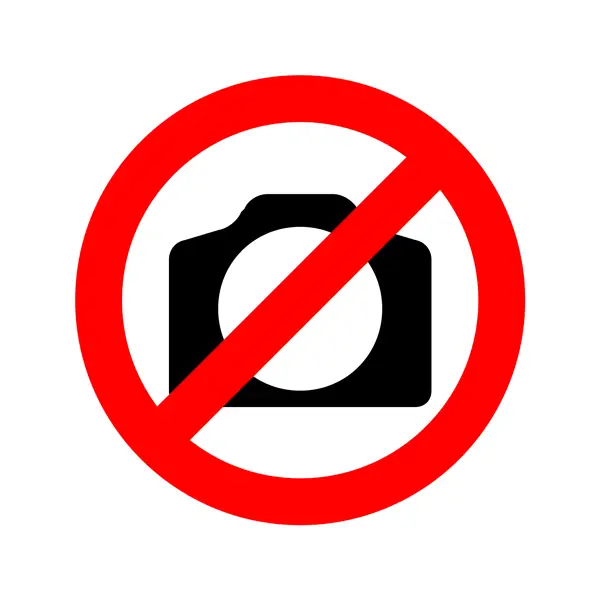With Donald Trump’s recent reelection, there’s a palpable buzz around the potential for a radical overhaul of the American health care system. This victory, coupled with key figures like Elon Musk and Robert F. Kennedy Jr. showing interest, presents a golden opportunity to finally bring fact-based reforms to an industry that has become a swamp of bureaucracy and inefficiency.
Health care has become a behemoth, consuming nearly 20% of the U.S. economy, and often serves as a prime example of the consequences of extensive government intervention. The current system is riddled with inefficiencies, where a staggering proportion of health care jobs—nearly half—are non-clinical. These roles, such as billing and administrative positions, provide minimal value to patients and instead protect entrenched interests that thrive on the complex web of insurance and government programs.
Check out my latest article @RealClearHealth with @DrDeaneW.
Excerpt: “Hopefully, President-elect @realDonaldTrump, possibly aided by @elonmusk @VivekGRamaswamy and others, can reduce the financial diversion and inefficient spending of healthcare dollars that go to corporate… pic.twitter.com/Qzprg0W413
— Vance Ginn (@VanceGinn) November 13, 2024
The crux of the issue is that patients have been relegated to a secondary status in their own care, trapped in a system that prioritizes financial transactions between providers and third-party payers rather than direct patient involvement. This disconnect fosters an environment where reform is resisted by entities that profit from the chaos, trading patient welfare for profits. The solution is not a few minor fixes here and there; rather, it requires a robust re-envisioning of how patients interact with their health care providers.
Revitalizing the role of the patient as the primary payer is essential. Allowing patients to wield financial power would eliminate significant waste and inefficiencies, creating a system where providers must cater to patient needs directly. When health care is driven by patient choice rather than insurance mandates, doctors and hospitals would be incentivized to improve quality and lower costs to attract business—just as any service provider must do in a competitive market.
A straightforward shift toward empowering patients financially could send shockwaves through the health care landscape, leading to transparent pricing and higher quality service. Patients are already funding their care through a mix of taxes, premiums, and out-of-pocket expenses; making these costs transparent and manageable through health savings accounts (HSAs) and medical savings accounts (MSAs) would give patients the freedom to make choices based on their personal health needs. No more navigating through arbitrary authorizations and restrictive networks; this would place real power back into the hands of consumers, allowing them to select their providers based on quality and cost.
This shift would not only encourage efficiency but also spur innovation in health care delivery. With patients in control, legacy health care providers would have to become agile and responsive or risk being left in the dust by new entrants willing to meet patient demands. Insurance companies would revert to their intended role of risk management rather than the overlords of daily medical decisions.
While some still worry about access for those who genuinely cannot afford care, solutions can be found. A means-tested model could support these individuals, allowing friends, family, or charitable organizations to contribute to their accounts. This would still preserve the advantages of patient choice and free-market incentives.
In summary, Trump’s reelection and a Republican Congress provide an unprecedented chance to pivot toward this patient-centric model—a dynamic that could potentially halved the nation’s staggering health care expenditure of $4.8 trillion. Such a transformative approach could reduce the national debt burden, make health care more ethical, lower costs for employers, and ultimately make America more competitive on the world stage. The time for decisive action is now. Will the opportunity be seized?




